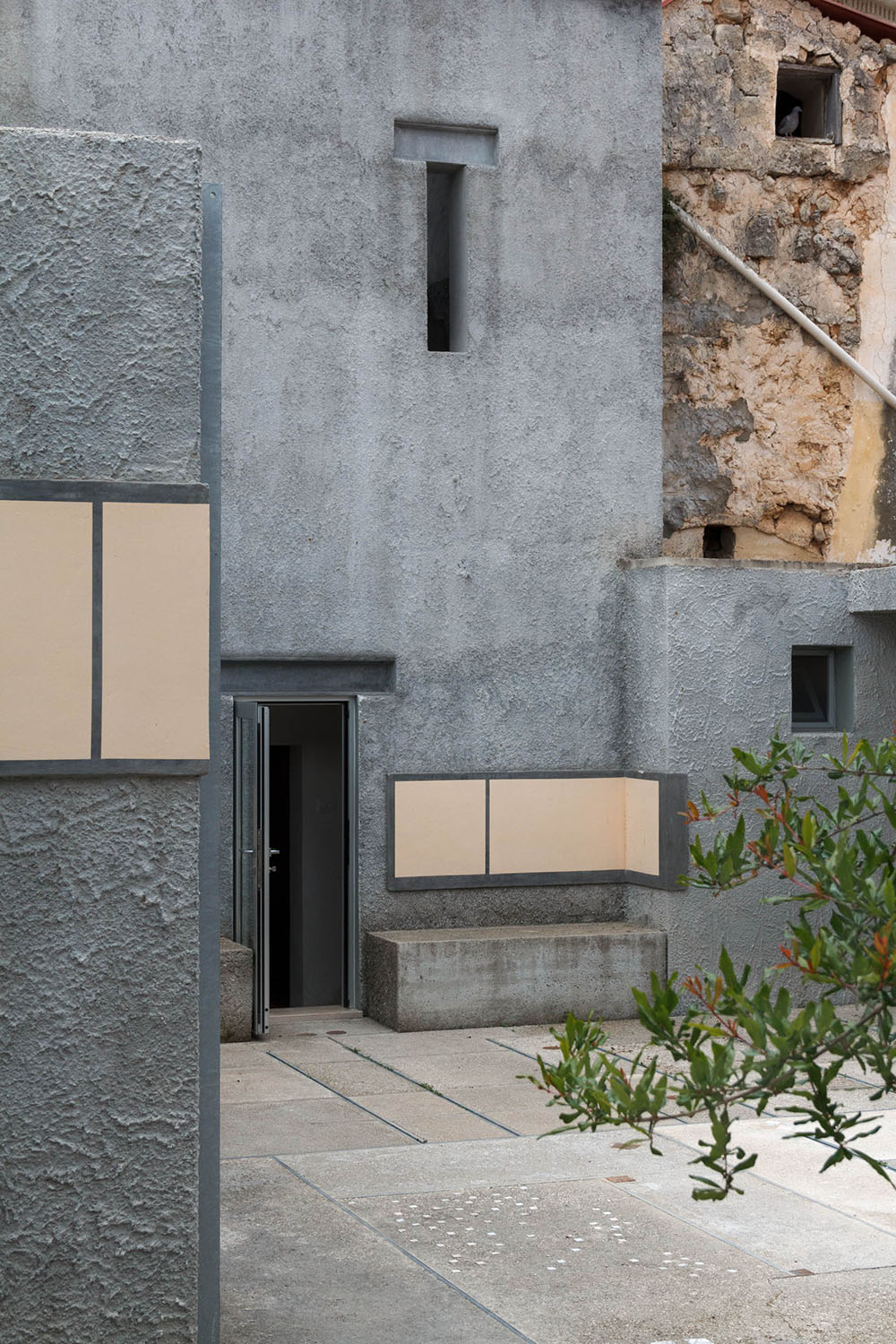Kiasmo Headquarters ⏤ Where Philology of History Leaves Rhetoric and Becomes Contemporaneity
As it often happens to designers, architects and craftsmen, their own studio represents a business card that most of their clients will eventually see, and therefore becomes a tangible form of expression and a field of experimentation.
This phenomenon becomes even clearer when the studio brings together architecture, manufacturing and design, as Kiasmo’s office demonstrates. Founded in 2011 in Ruffano, Lecce, the Pugliese firm sets a clear path to success: to understand history, territory and traditions, and to use them to create contemporary products that remain firmly connected to their roots.
Kiasmo’s rich and knowledgeable narrative took time to get to current form. The 25 sqm room, right behind Torrepaduli’s main church, is where it all began. Found in a state of complete abandon, the space was hiding many architectonical and historical characteristics, typical of Salento, which were suddenly brought back to life: colored concrete tiles covering the floor, a vaulted ceiling hidden under layers and layers of plaster and an early 20th century fire place. Strong in their commitment, Kiasmo’s founders Vincenzo, Francesco and Mauro, applied all appropriate traditional techniques where possible and found inspiration in history to rethink different key elements, such as the old doors and windows, which needed to be replaced.
In 2013, the team's growth and the 80 pieces vase collection demanded additional space; the adjacent patio was bought. This new reality brought the studio to undertake a completely different design approach. The perimetral, 2 meters high, tuff walls, as well as the original room's external wall, were covered by 3 layers of rough, gray and rugged plaster. Thereon, Kiasmo’s know-how on merging traditions with modernity became even more communicative. Far from nostalgic and rhetorical, the materials and techniques used in the remaking of their patio revealed how contemporary it could become. The access door, a piece of art and craftsmanship in itself, is made of iron, cement, wood and marble, and recalls of a mashrabiya, a typical ventilated Arabic door, opening on the quiet patio. Here, the floor, composed of colourful and textural concrete slabs, provides room to ivies, laurels, pomegranates and symbolic trees, tracing the path to a monumental tuff bas-relief sculpted with Kiasmo’s iconography. Lastly, as you climb on the first room's top, a terrace offers a wide view over the whole historical center.
A year later, in 2014, the continuous growth requested even more space. The two other adjacent rooms were finally acquired, giving access to two additional façades over the patio. This time, as the original materials were impossible to restore, cement and marble inserts were used to connect the new spaces with the original room, the patio and the whole surrounding area. Colors and textures of Salento synthesized in a building that makes its own mark in history, becoming a new inspiration in itself.
Now, all windows and doors opening over the court carry the typical architraves, here in galvanized steel: one more homage to local traditions that remain connected to the present.
The story of how this space took shape is the clear expression of a well-defined vision, translating how the understanding of history and context allows for reinterpretation with a new, yet respectful take. Kiasmo is about history without melancholy, a synthesis of tradition, craftsmanship and contemporaneity.
Photos by Francis Rudman ⏤ threefold.













